|
A first-winter Red-backed Shrike was found at Wanstead Flats on Tuesday and was still showing well today, so I headed down for an hour after work to see if it'd play ball. I found the bird near enough instantly, although it proved quite restless and mobile. While not the wariest shrike I've seen in my life, it was fair to say that it wasn't the most confiding, either. Nonetheless, with a bit of patience (and luck!), it was possible to creep up on the bird and get within range for some half-decent record shots. It was also nice to watch it catching and dismembering several wasps. Shrikes are always enjoyable and this bird was no exception. Another great bird for Wanstead.
2 Comments
The annual trip to Rutland Water for the British Birdwatching Fair again saw me largely rooted to the BirdGuides stand in Marquee 2 for much of the weekend although, as is tradition for the Birdfair, staying at my mother's allowed me to sneak in some birding in the early mornings and late evenings. On the way to set up at the show on the Thursday, I called in at the McCain's factory to see if any gulls were about. With precisely zero large gulls in the area, I felt quite despondent, but decided to have a quick drive past both Dogsthorpe and Tanholt, just on the off chance that something might be happening there. Dogsthorpe was capped off, with no activity, and it does really seem that it's game over here. However, contrary to my recent declaration that Tanholt too was finished as a gulling site, I was pleasantly surprised to find several hundred large gulls circling over the site as I arrived. Walking closer and it was clear that tipping was taking place! Very quickly I was on to my first juvenile Caspian Gull of the morning, this followed by two further juveniles (including yellow-ringed 'X525' from Germany) and a near-adult. Quite pleasingly, there were also plenty of Yellow-legged Gulls in the area, with at least a dozen logged, most of which were juveniles. It was actually quite hard to drag myself away, although I was able to return the following morning for an hour or so with Rich and Hugh and again saw two of the juvenile Casps, including X525. And, on the second visit, we bumped into the site manager, who told us that tipping will probably take place here for another six to seven years. Promising for the gull watcher, at least. Aside the gulls, birding was decent on my old stomping ground of Baston & Langtoft Pits. I tried to get a couple of visits in each day, both before and after the fair, and managed to connect with a few interesting things, not least a smart juvenile Black-necked Grebe, which first appeared on the Saturday and lingered thereafter. It has apparently become increasingly wary since the weekend, which makes it all the more galling that I absolutely butchered glorious photo opportunities early on the Sunday morning, the grebe preening within 10 metres of me as I lay hiding in the juncus at water level, blasting off dozens of shots ... only to realise my camera was lacking a memory card! As such, below is as good as my images got – into the light, not long after discovery on the Saturday morning. From memory, I think this is my third record of BNG at Baston, following a pair in June 2007(?) and an adult on the same pit as this latest bird in July 2012. A trio of Garganey on the Sunday evening was also very pleasant, being the most I've seen together here at any single time. Waders were fairly average, with a smattering of migrant Ringed and Little Ringed Plovers, Common Sands and a juvenile Ruff present on the Saturday and Sunday.
I spent a few hours at Rainham this morning with Rich and Dante, watching gulls coming off the tip and onto the River Thames in the Coldharbour Point area. A couple of Caspian Gulls, both second-calendar-year birds, were seen, including a particularly impressive bird that showed fairly well on rocks by the point. Yellow-legged Gulls were as plentiful as ever, with at least 30-35 seen, most of which were juveniles. Despite good turnover from the tip, we didn't see the juvenile seen near the landfill by Dom. There wasn't much else about save the usual Black-tailed Godwits in Aveley Bay.
With the tides conducive to a feasible post-work gull session, I headed down to Thames Barrier Park after work on Tuesday evening. Unfortunately there weren't too many large gulls present, although lobbing a few loaves in soon drew more in from afar. That said, the increased number by 7 pm, when the tide was almost at its optimum, nonetheless produced just three juvenile Yellow-legged Gulls. Perhaps the most exciting sighting was a white-ringed juvenile Lesser Black-backed Gull. The bird, 'MU', was ringed as a chick in The Netherlands, although I'm currently waiting for full details. Other than that, it was quiet. A couple of juvenile Great Black-backed Gulls were still begging from their parents and I couldn't see any Meds among the Black-heads.
I was working at Warners head office in Bourne at the end of the week, so took the opportunity to stay at home, see the family and do a bit of local birding. As it turned out, there was actually a fair bit on the move despite the hot and clear conditions. Repeated visits to my old patch at Baston & Langtoft Pits throughout the day seem to bring reward. The 'wader pit', as it's been dubbed, has lost about a foot of water since the start of the summer, exposing islands and leaving juicy areas of shallows. A morning visit on Thursday produced Wood Sandpiper, Garganey and an adult Black-tailed Godwit. By the evening the former two birds had disappeared, but Blackwits had jumped to 13. Interestingly, a colour-flagged Lapwing has transpired to be a bird tagged as a newly hatched chick at Berney Marshes, Norfolk, on 7 May this year. Interest seemed to stem from the repeated turnover of gulls, waders and wildfowl using the pit. Morning visits on Friday produced a few pristine juvenile Common Gulls, four Little Ringed Plovers and a newly arrived drake Eurasian Wigeon, with an adult Yellow-legged Gull, two Dunlin and six Black-tailed Godwits present mid-afternoon. Then, in the evening, shortly after a Green Sandpiper had flown over me, Mike Weedon found a colour-ringed adult Turnstone on the wader pit. A fascinating inland occurrence and I'm hoping that we'll get some detail back on where it was ringed, as a scan of the CR-birding site produced no obvious candidate for the ringing scheme. An early visit on Saturday brought fly-through Ringed Plover and Dunlin, a Common Snipe and a minor influx of Shoveler, with 14 birds a notable increase on the previous day's two. Then, mid-morning, a second visit brought a fantastic juvenile Spotted Redshank – my first-ever juvenile here, although it was quite wary and had gone by late morning. Without my camera, which is being fixed, I had to make do with phone-scoping through the vegetation. With regular sightings of Marsh Harriers, Red Kites and lots of gulls, Lapwings and ducks to go through, birding here is a real joy at the moment and it was with a pang of sadness that I headed back to London on Saturday afternoon. On the way back to London, I called in at the McCain's chip factory between Stanground and Whittlesey, just to the west of Peterborough. This is now the only gulling site in Peterborough, following the closure of the once legendary Dogsthorpe and Tanholt landfill sites (these used to have thousands of gulls). I could only find around 200 gulls on the large pit at Bradley Fen but quickly picked up a very fresh juvenile Caspian Gull – the earliest I've seen one in the Peterborough area. Unfortunately viewing conditions here mean that birds are distant and swimming which makes assessing jizz difficult, but the bird eventually had a flap and flew around a bit, showing off pretty much everything you'd want to see, and was very easy to pick up in flight when it thermalled off high over the chip factory.
|
This pageThe musings of a wildlife enthusiast, usually armed with his camera. Archives
September 2023
|

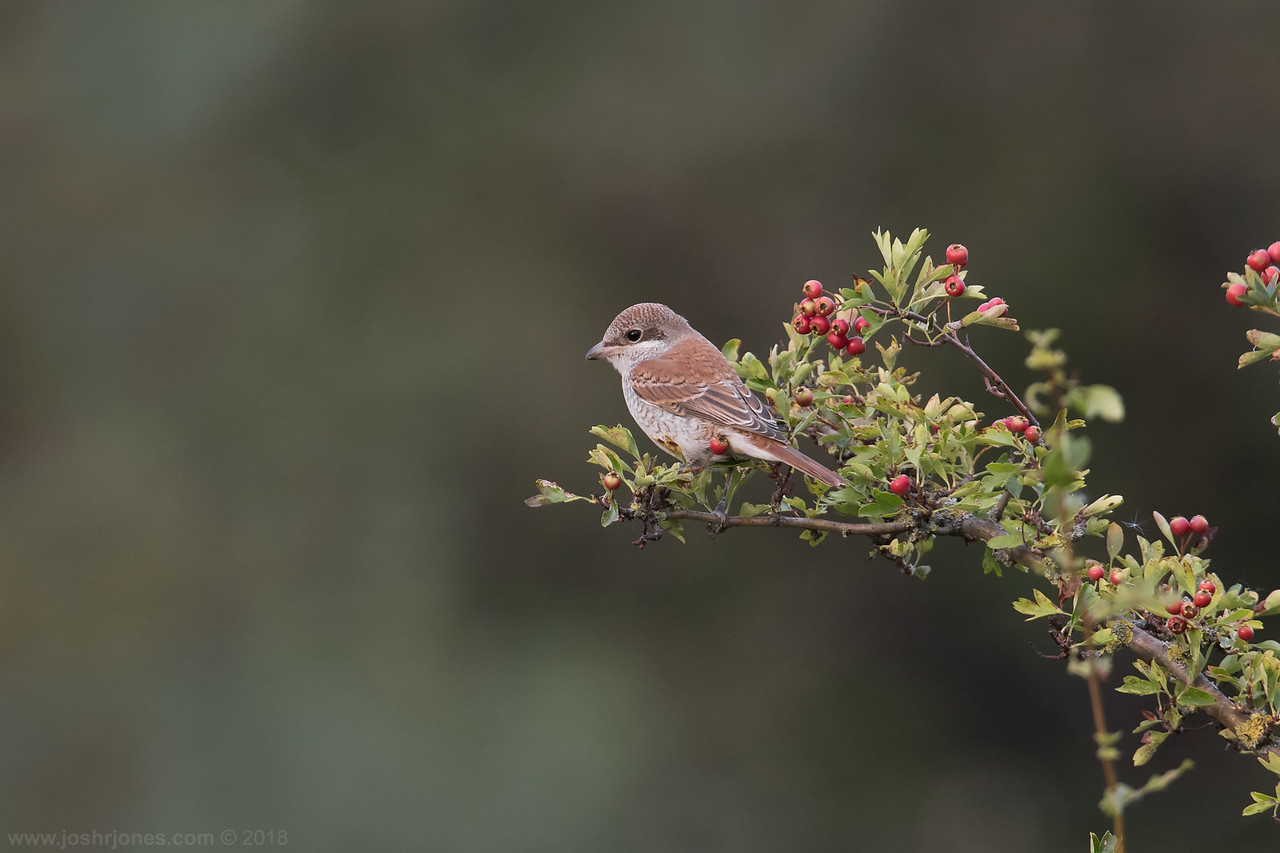
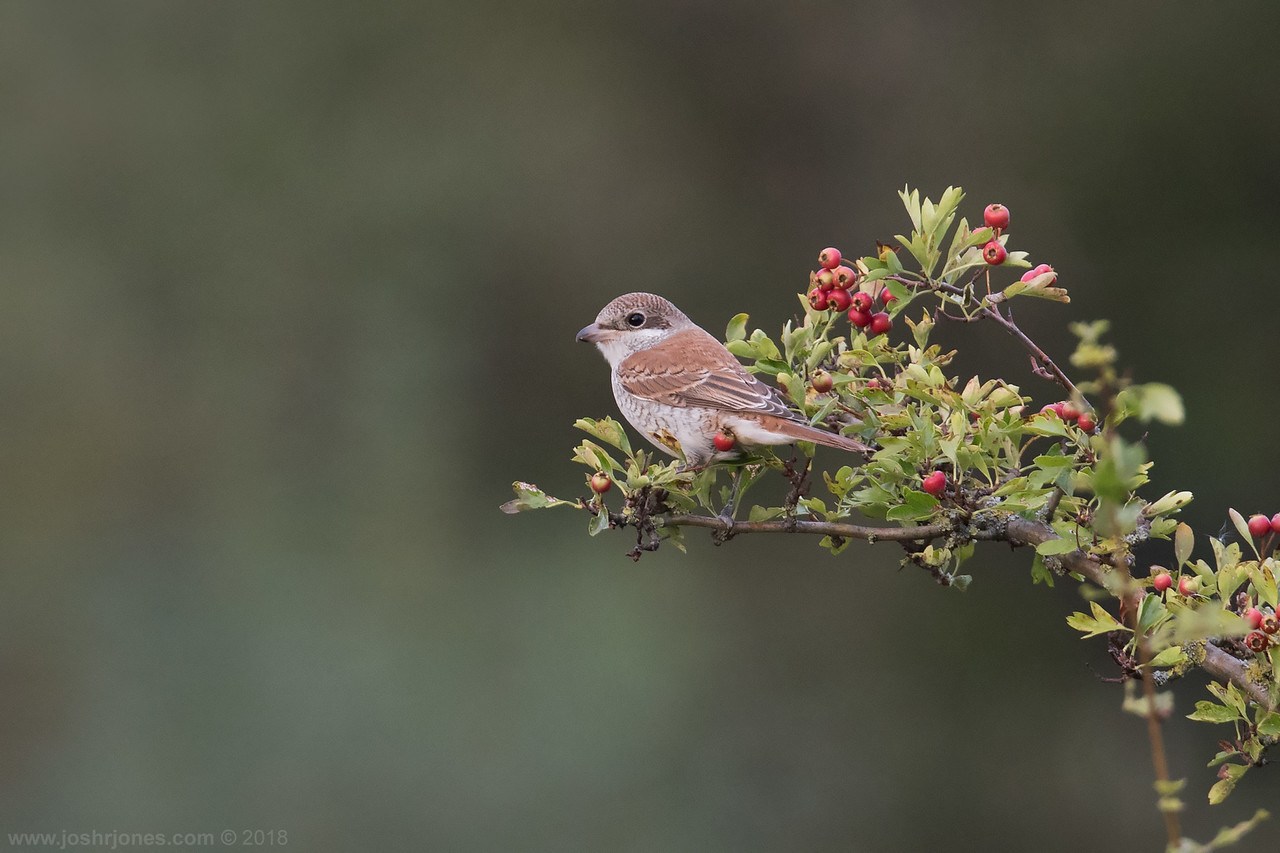
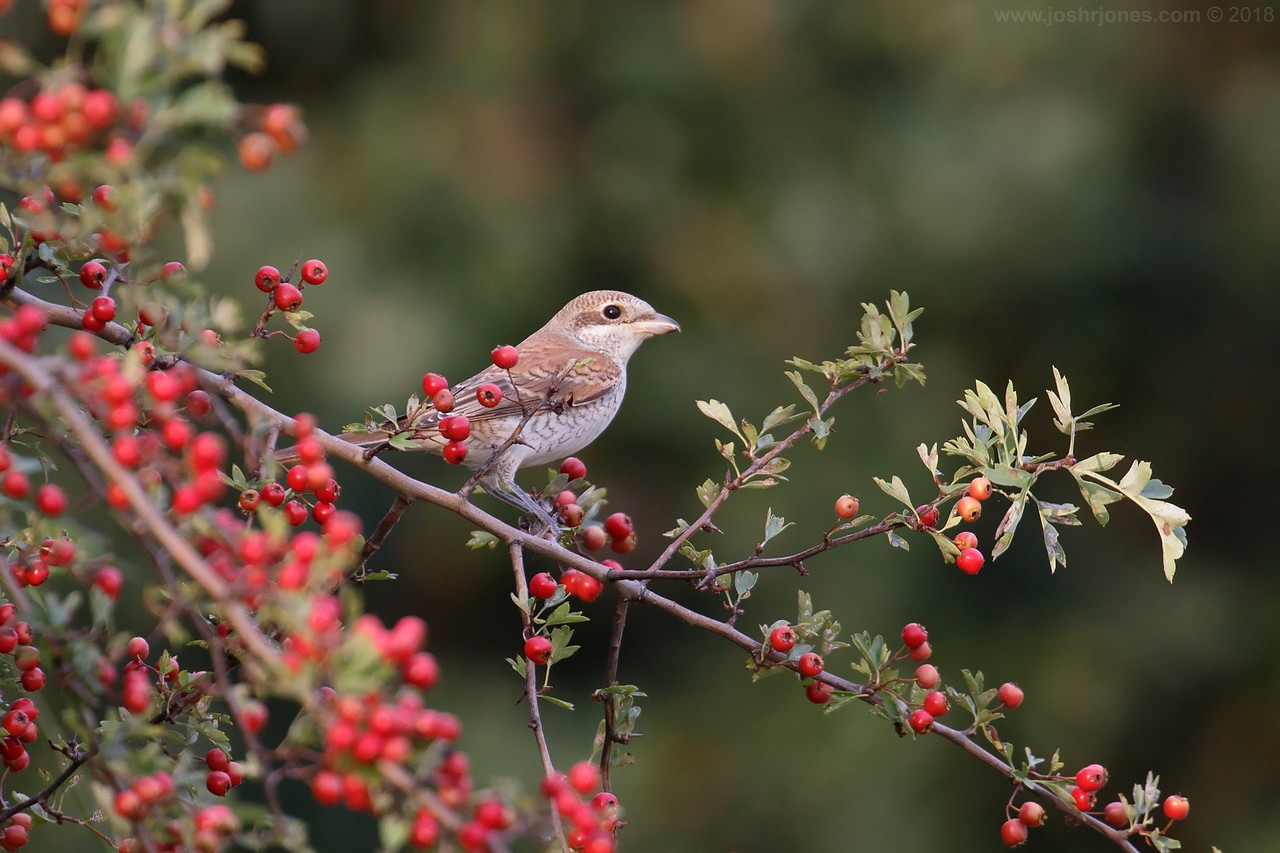
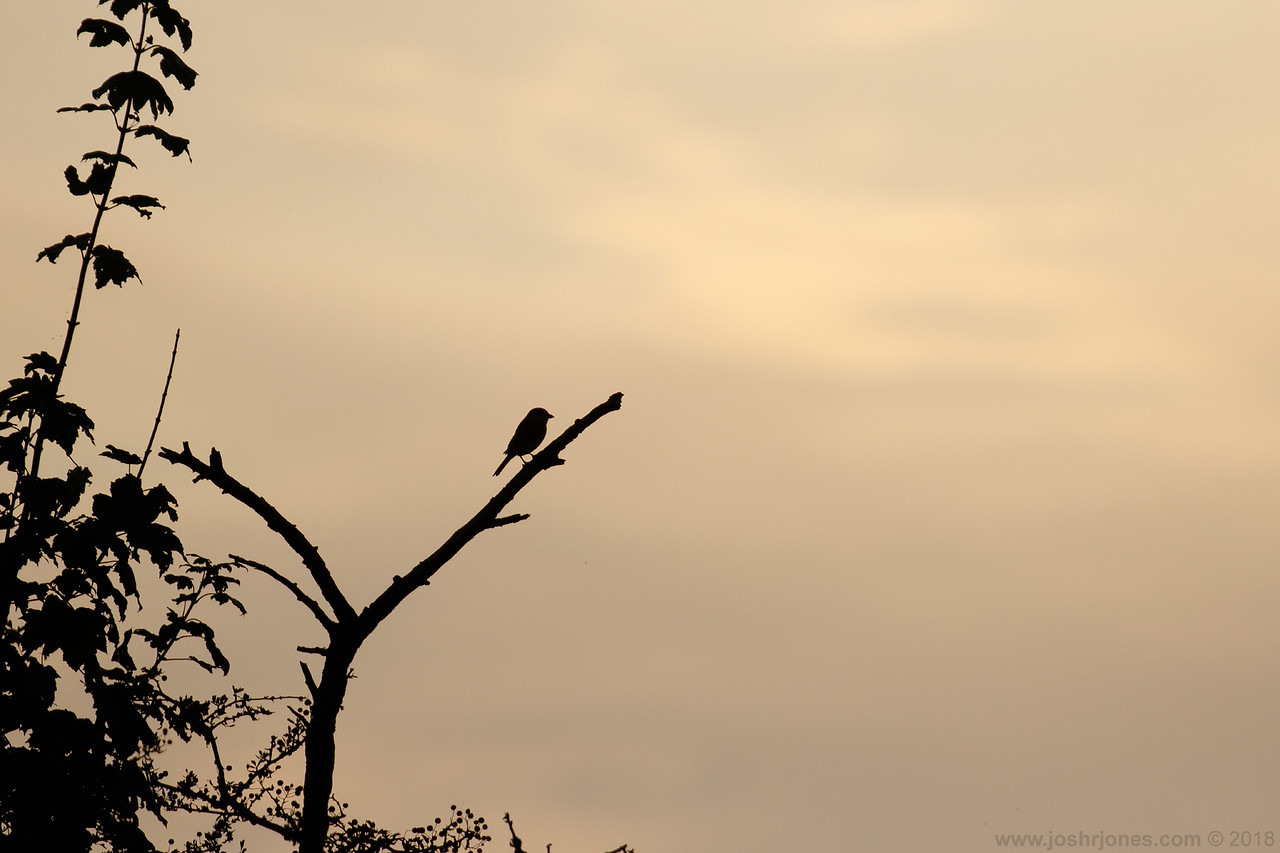
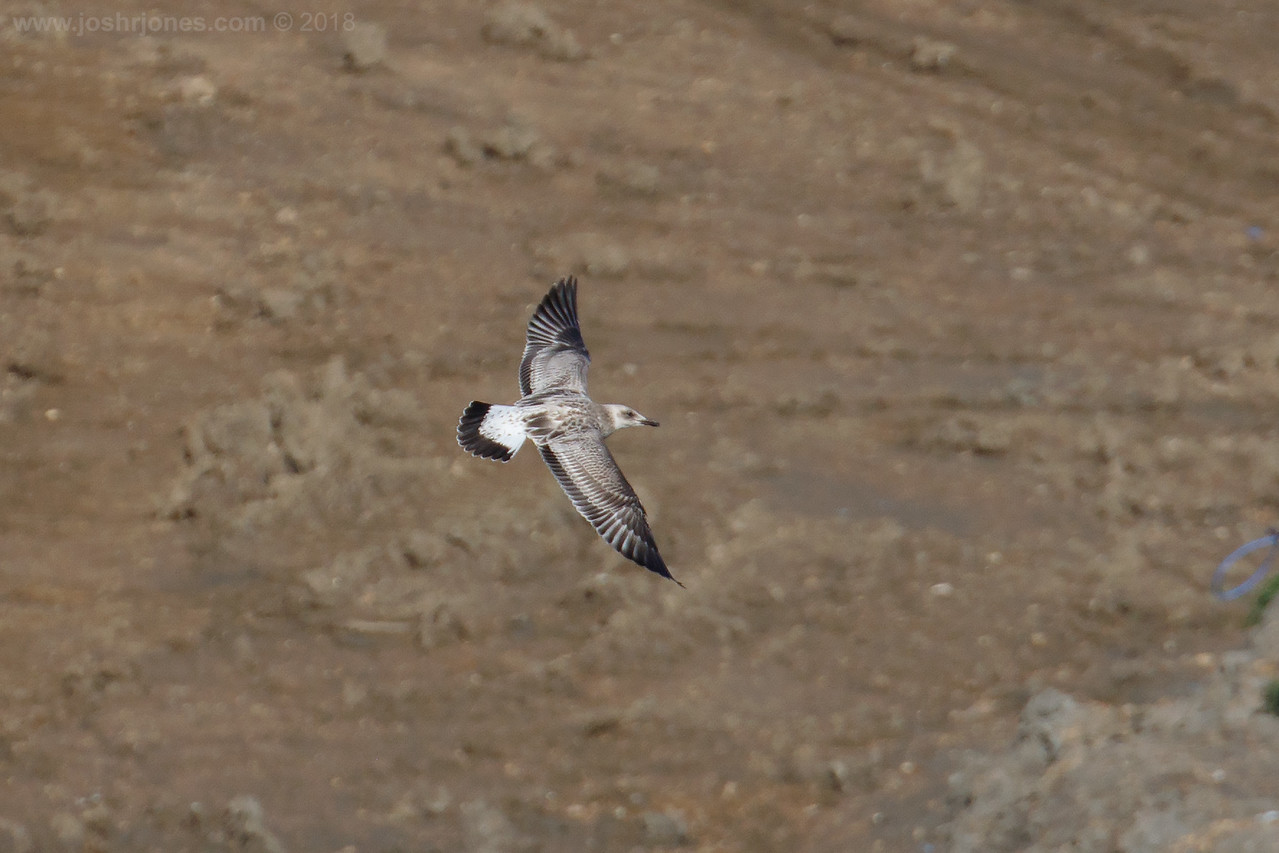
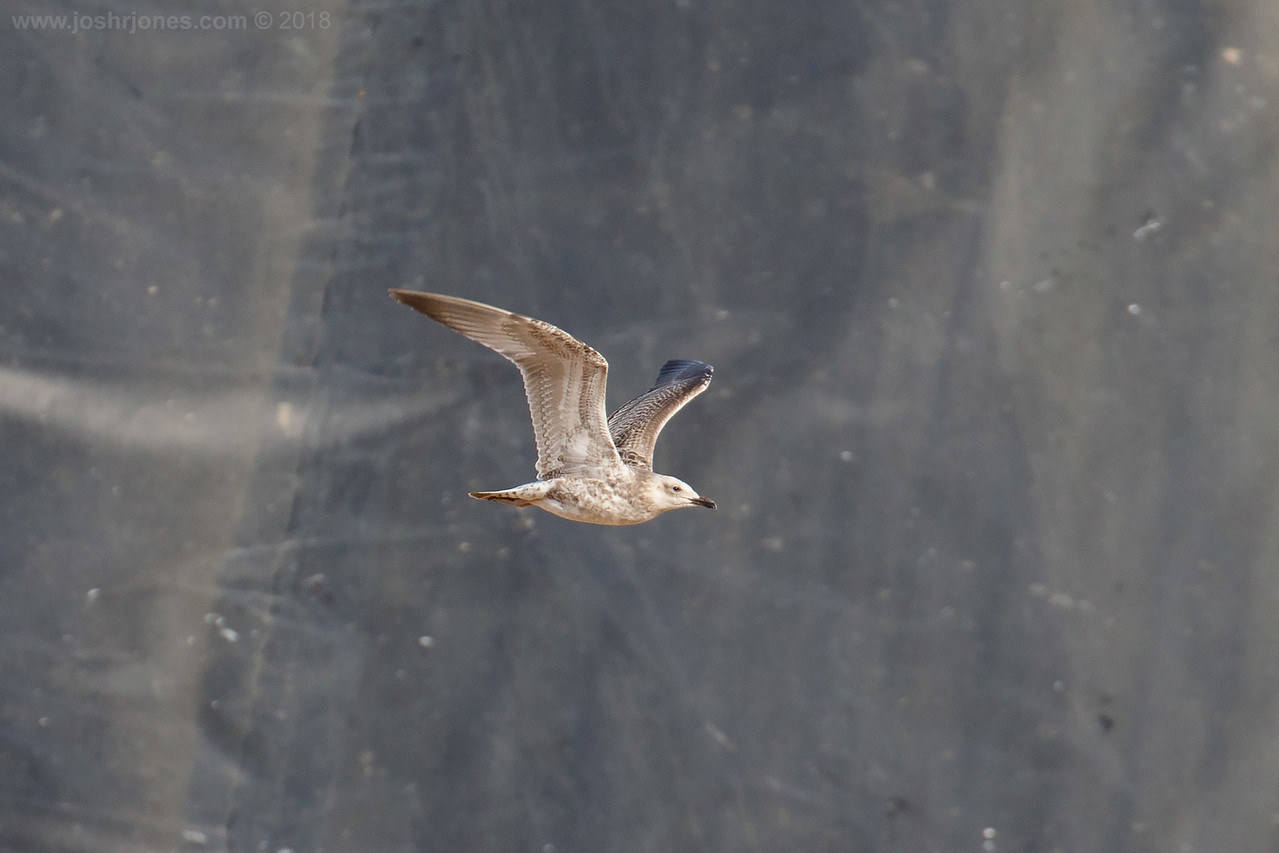
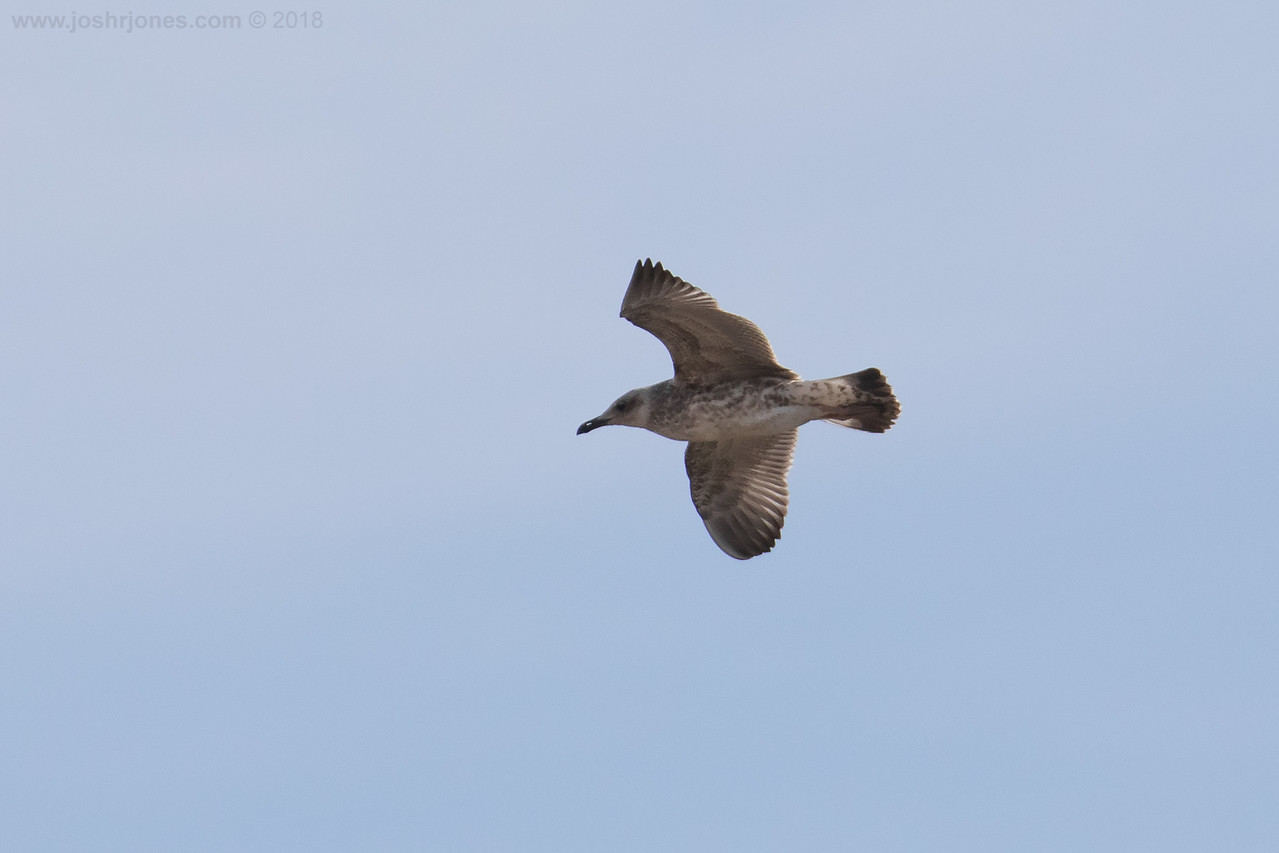
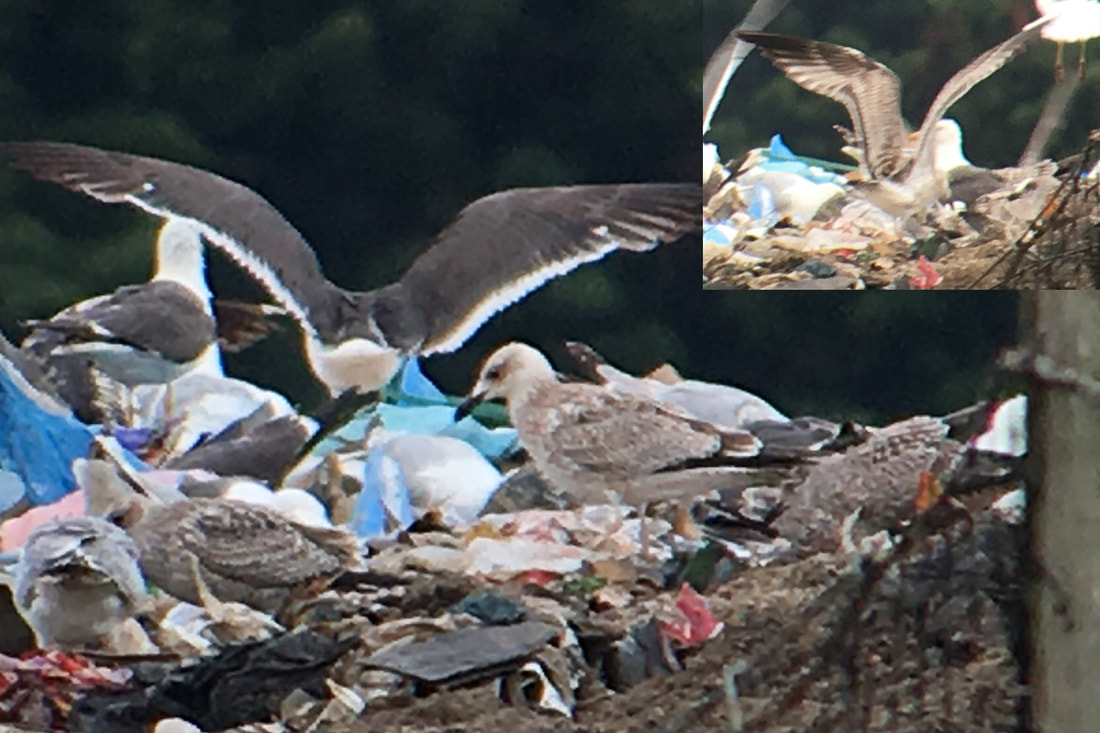
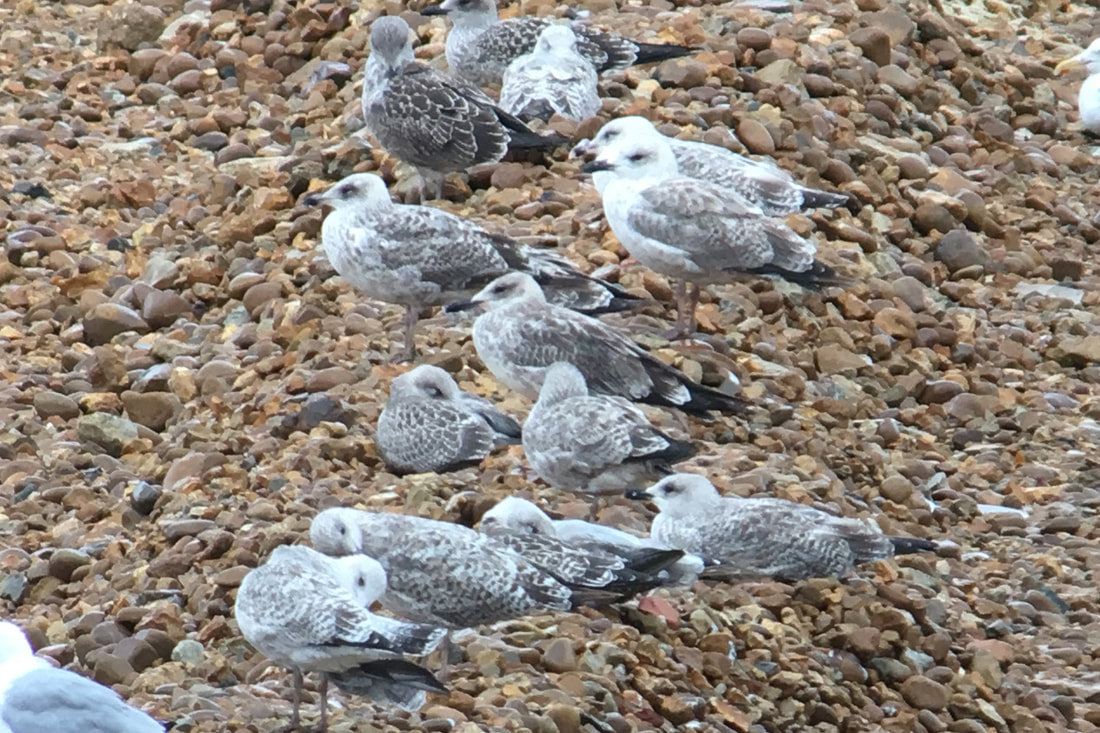
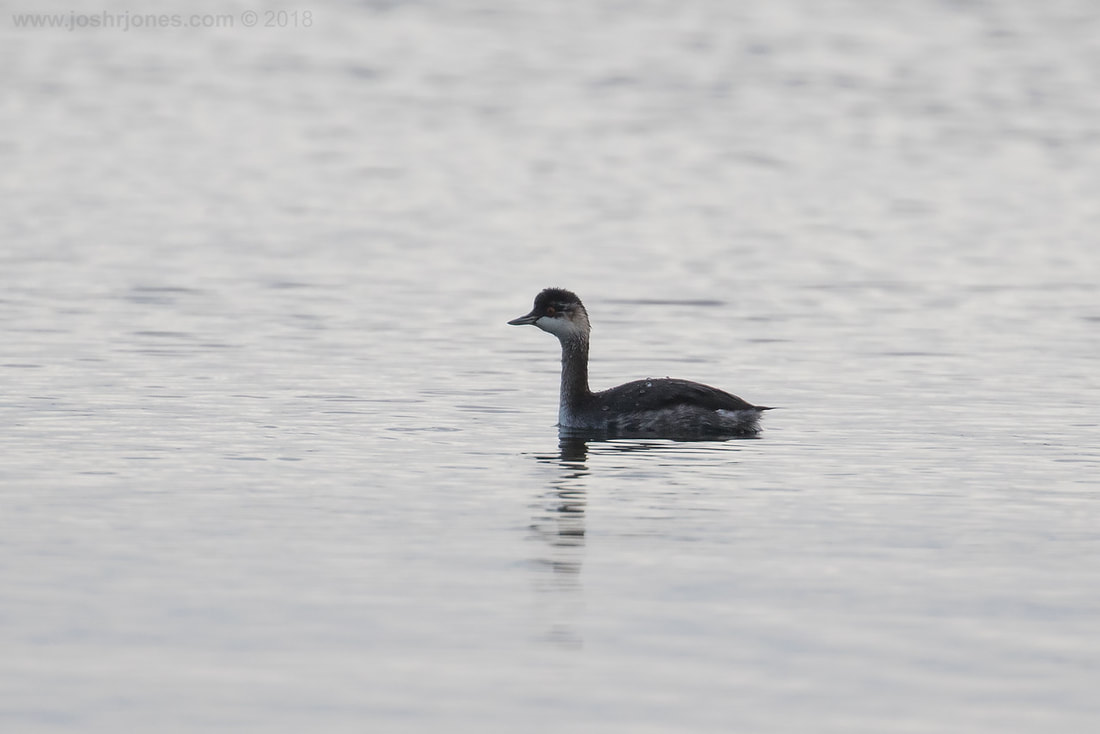
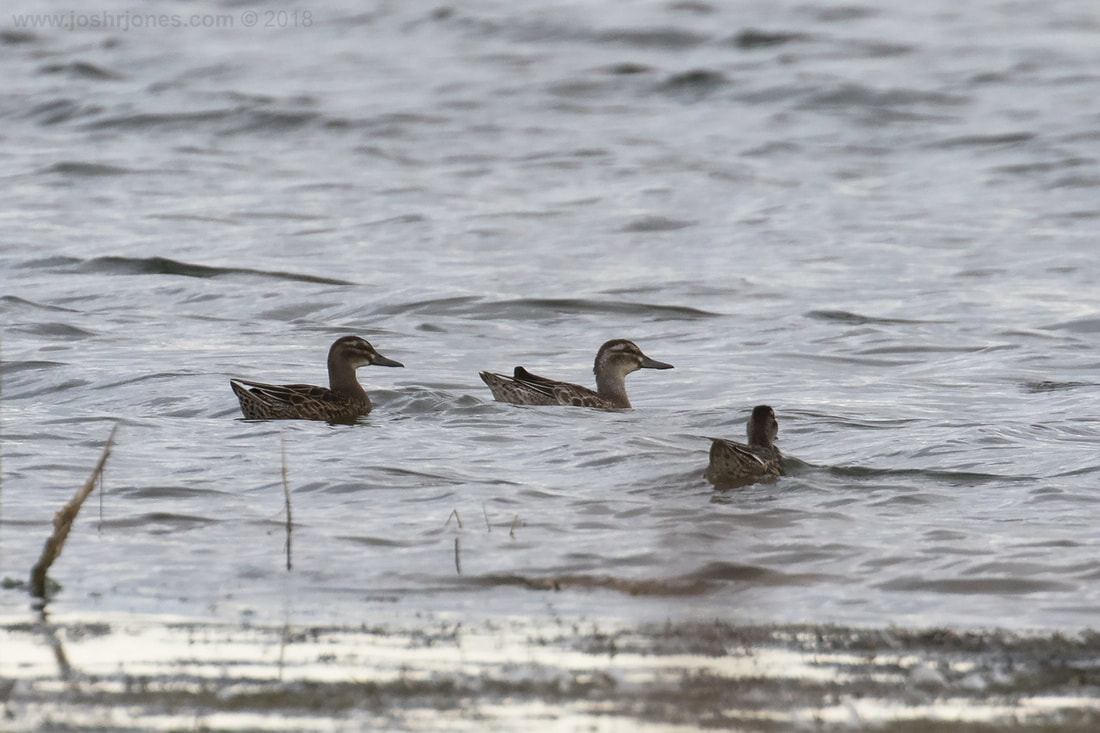
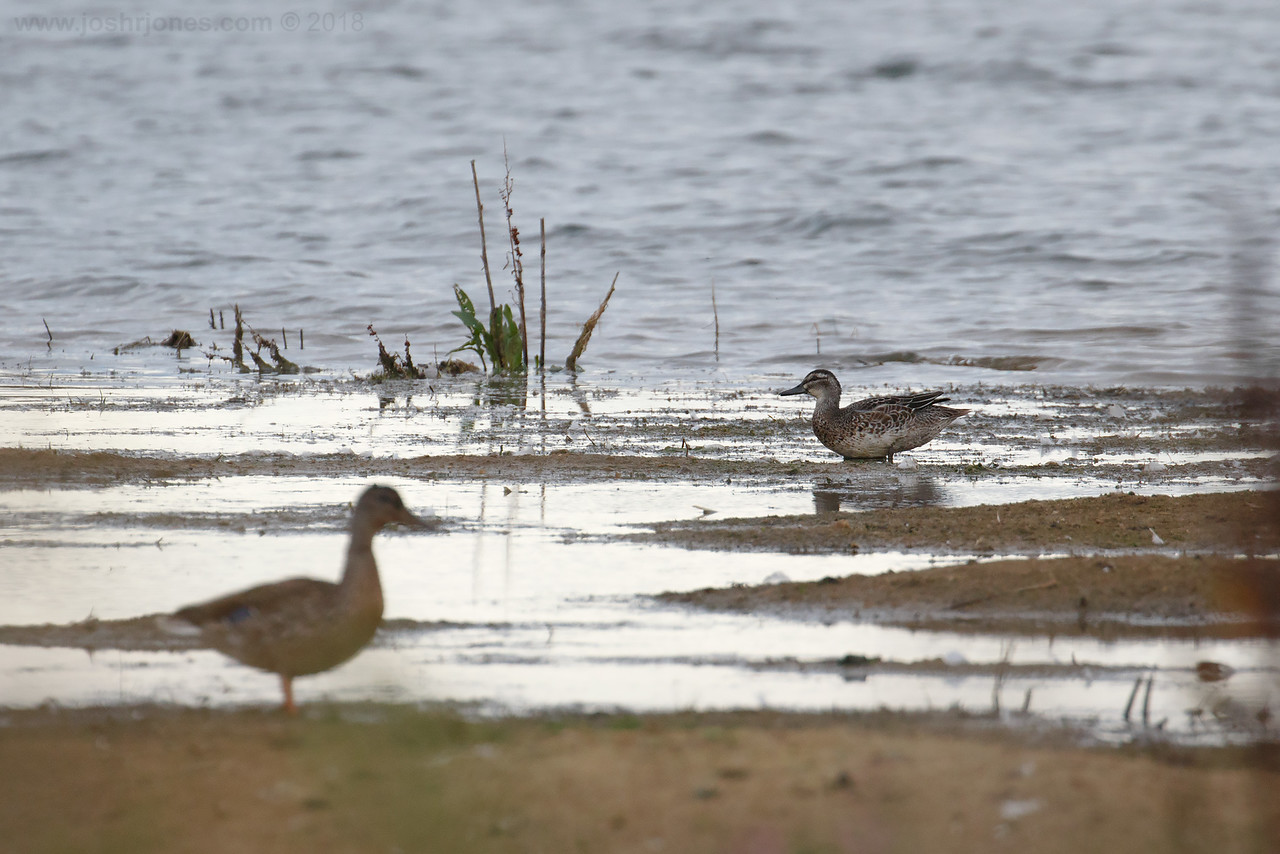
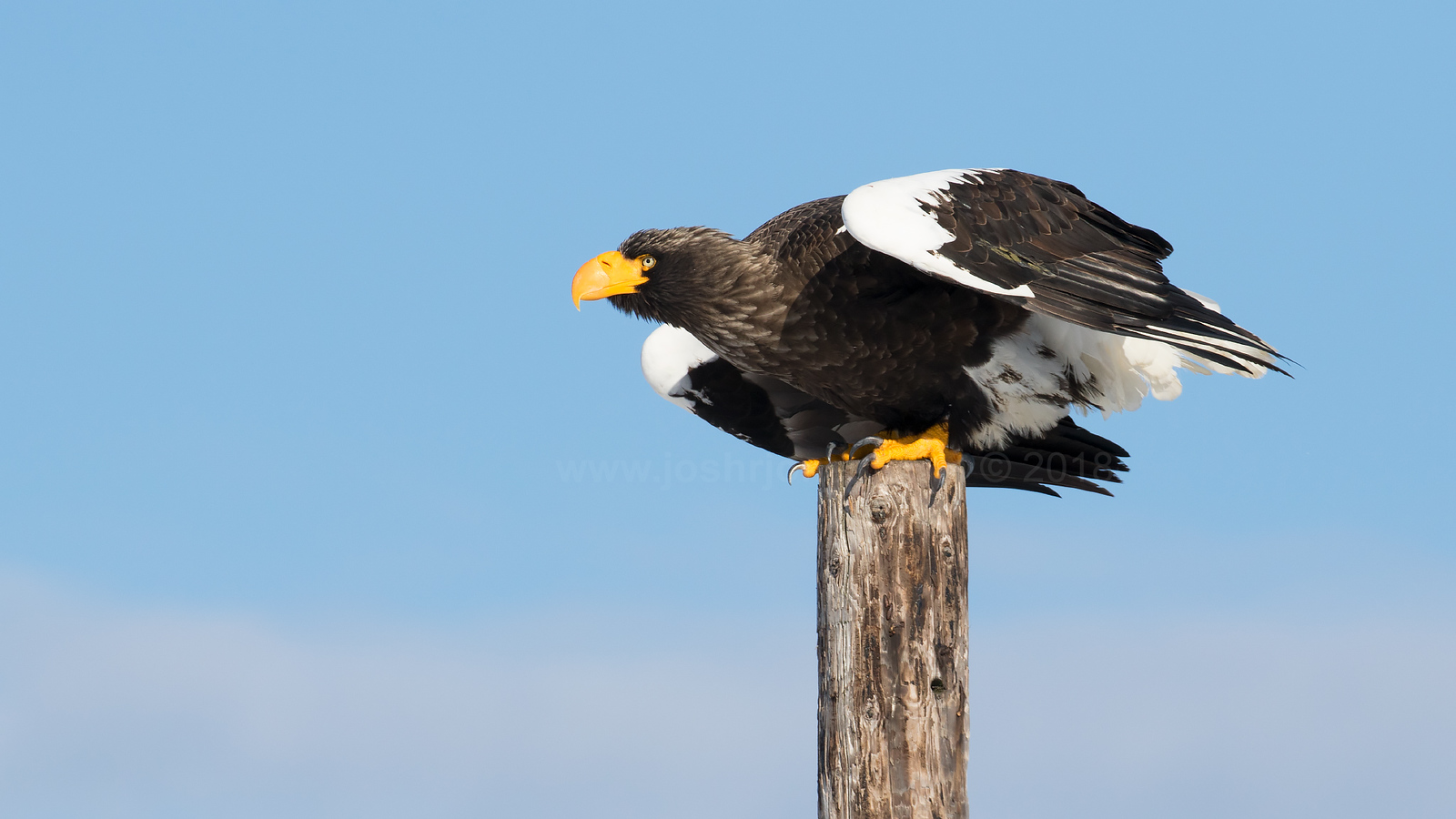
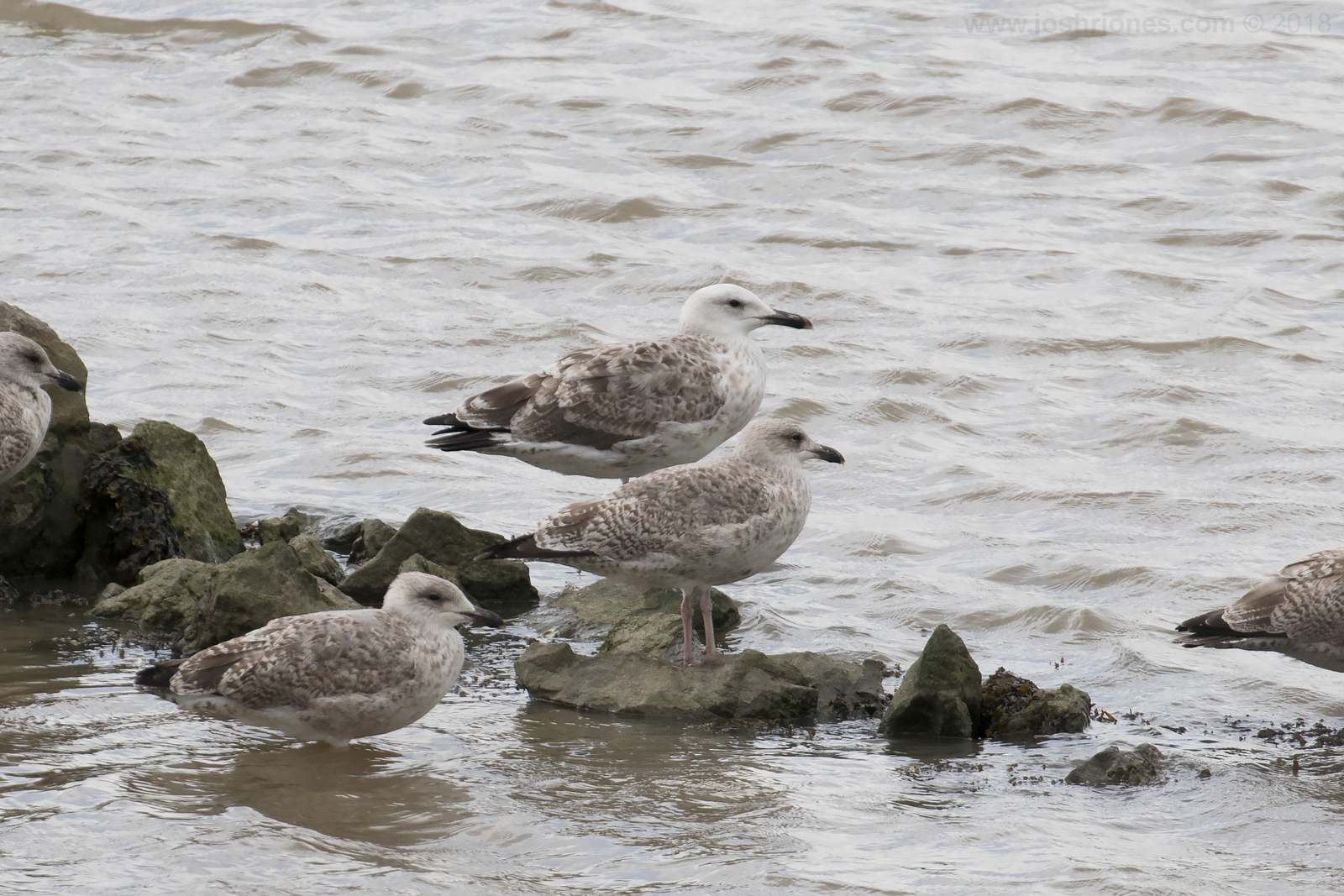
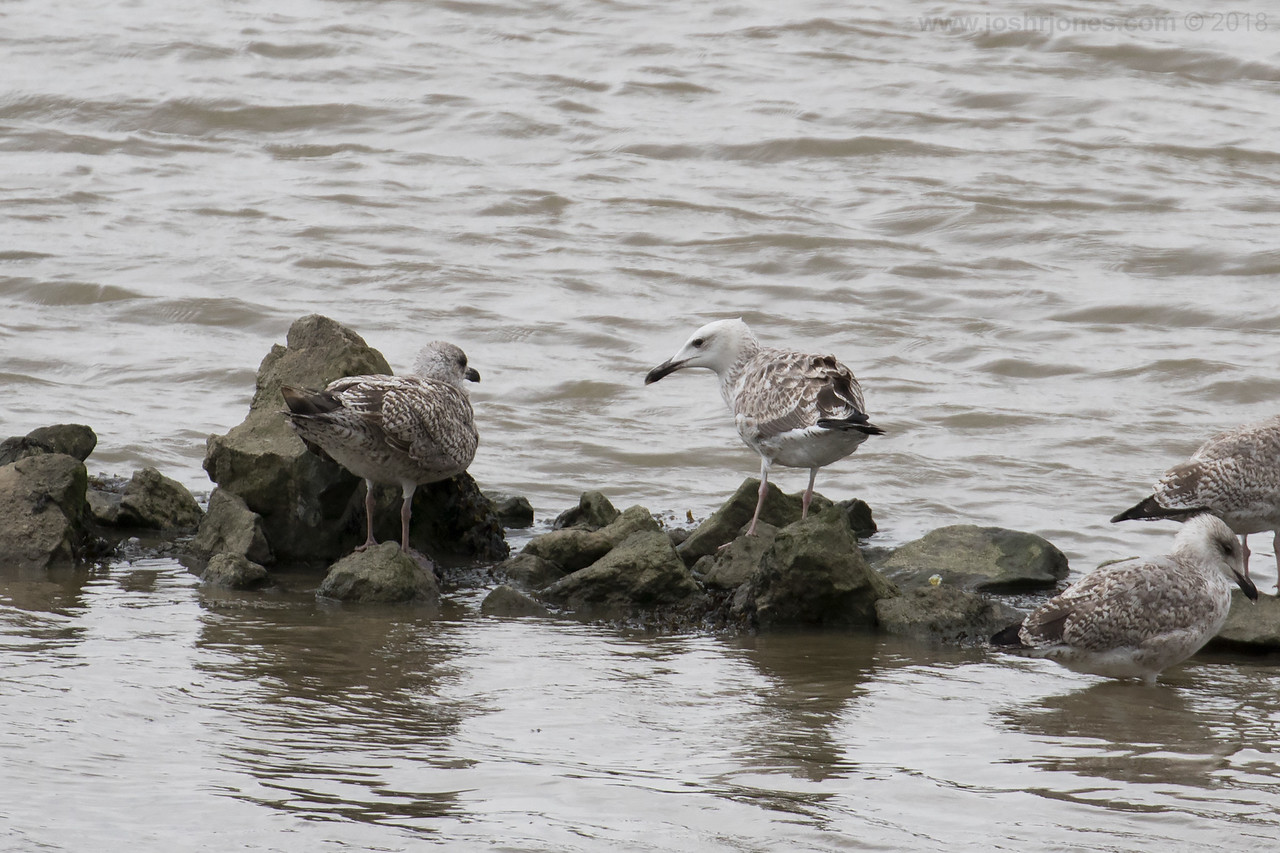
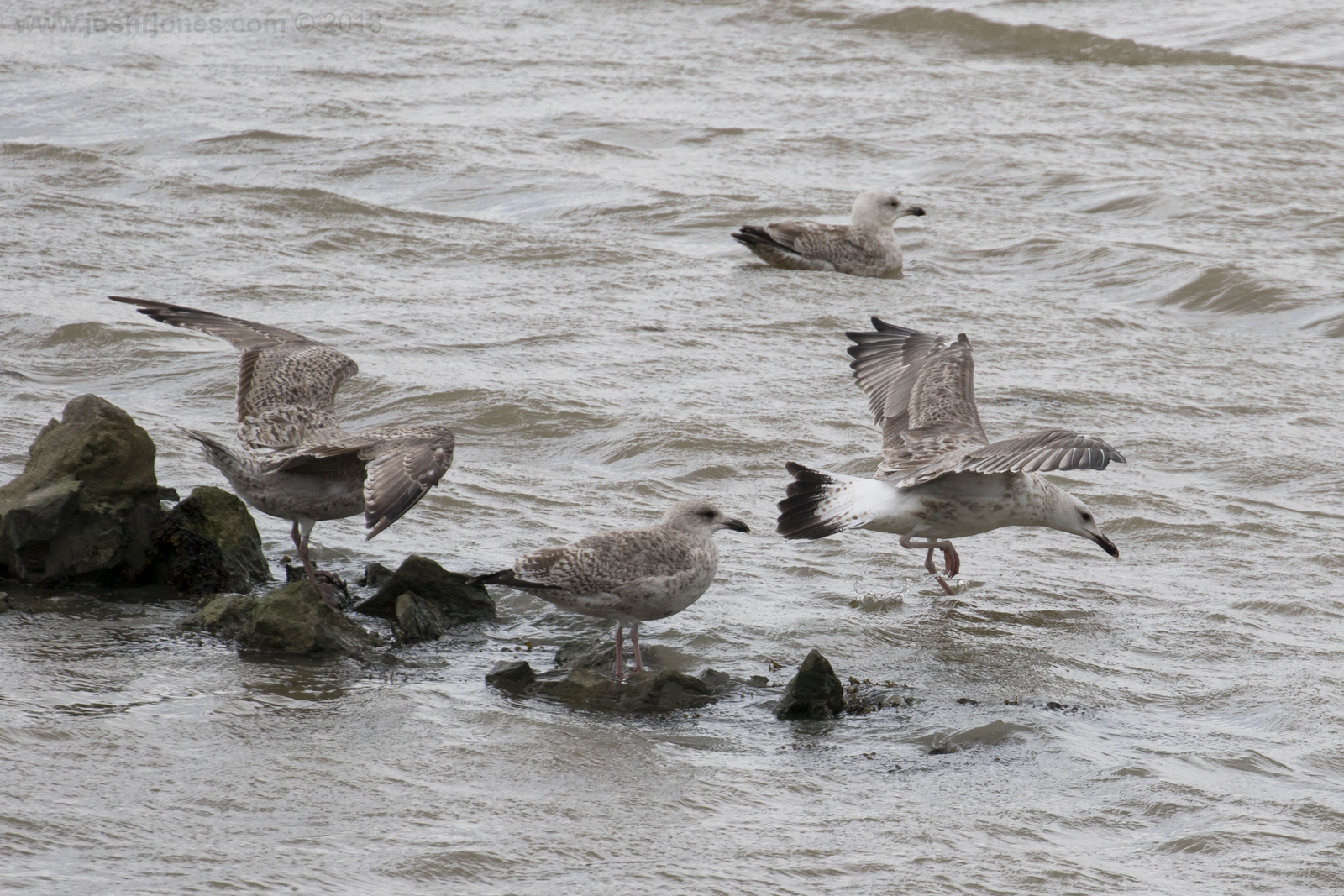
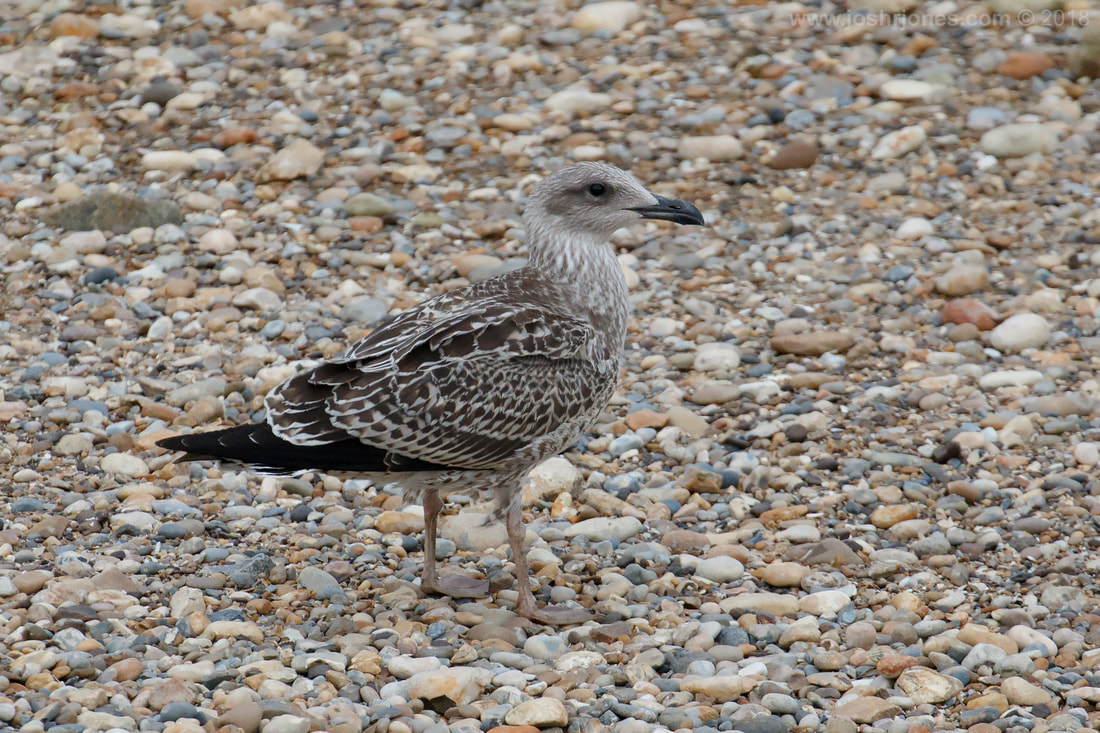
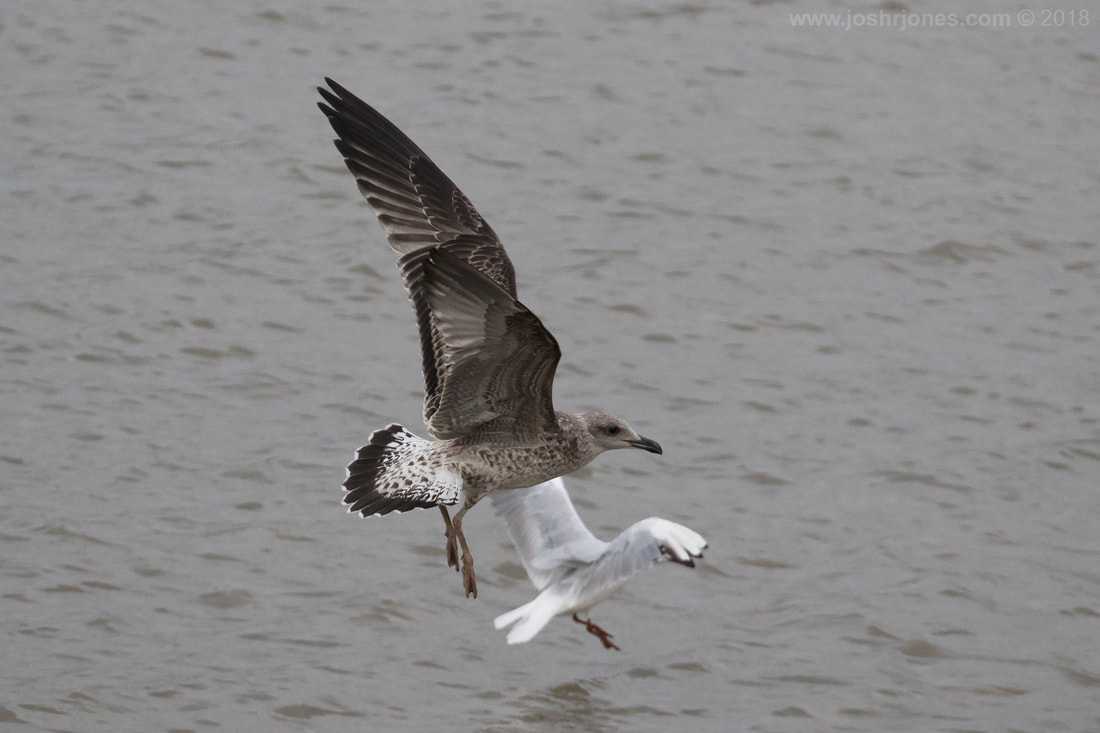
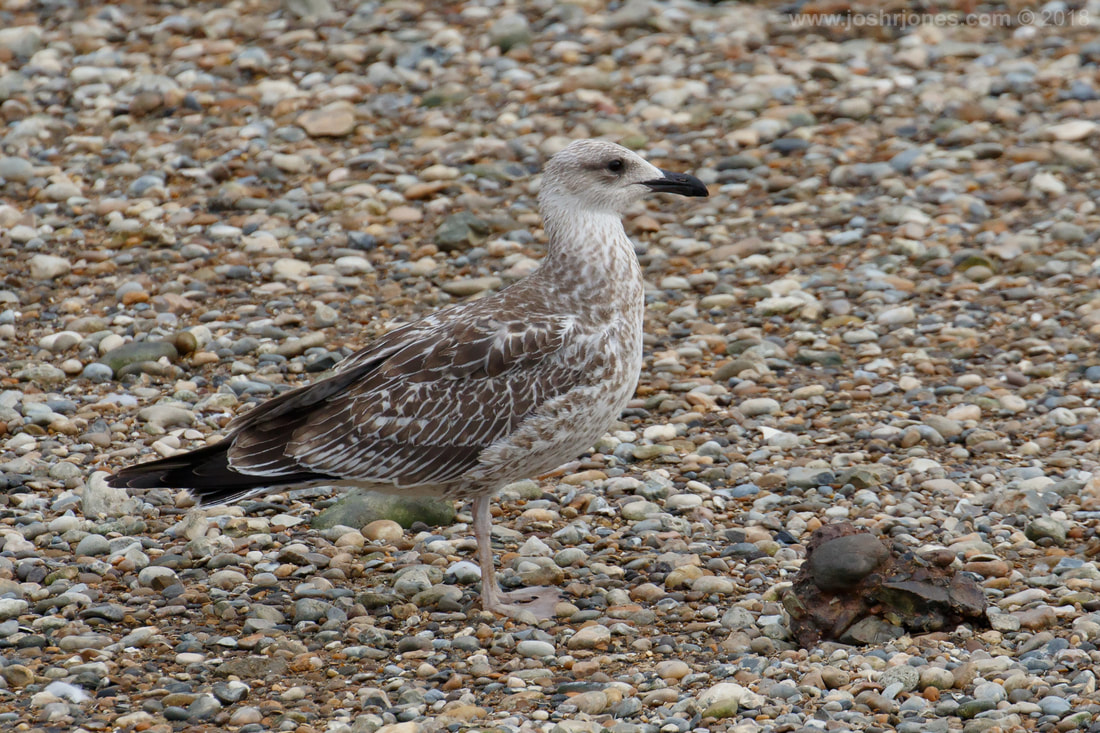
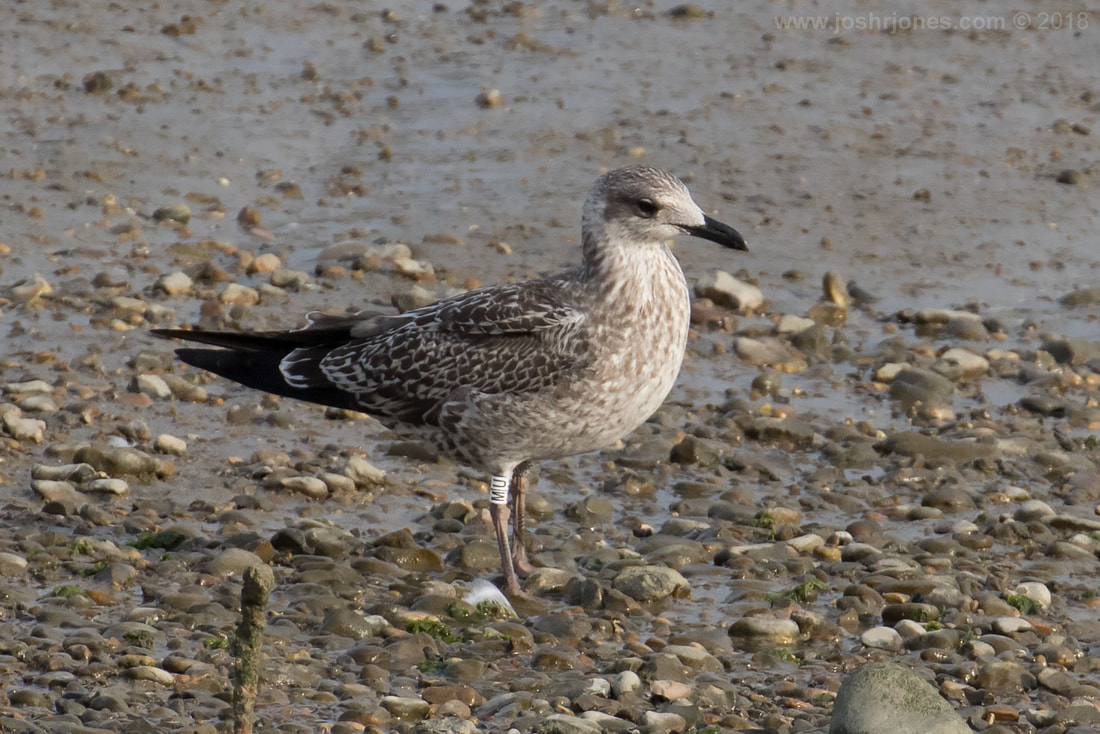
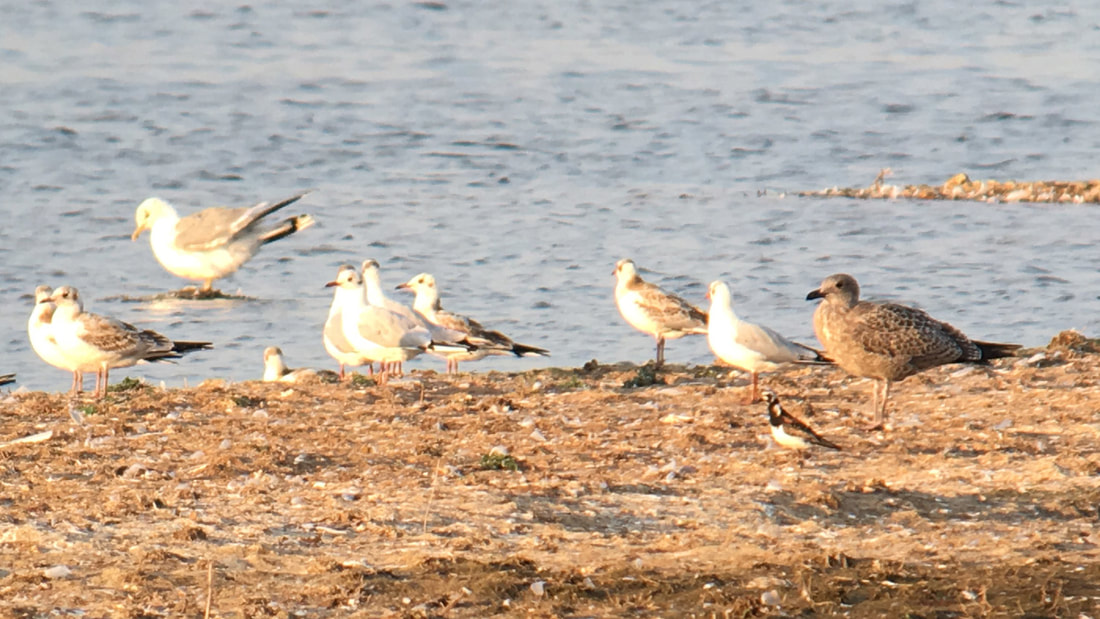
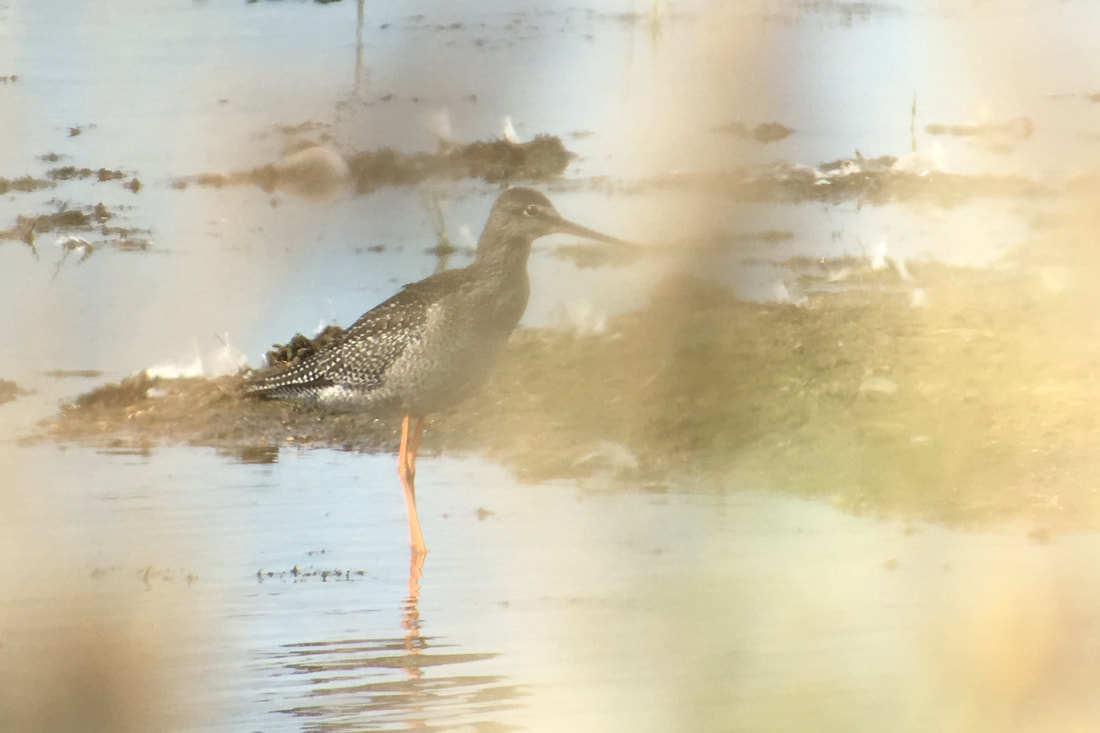
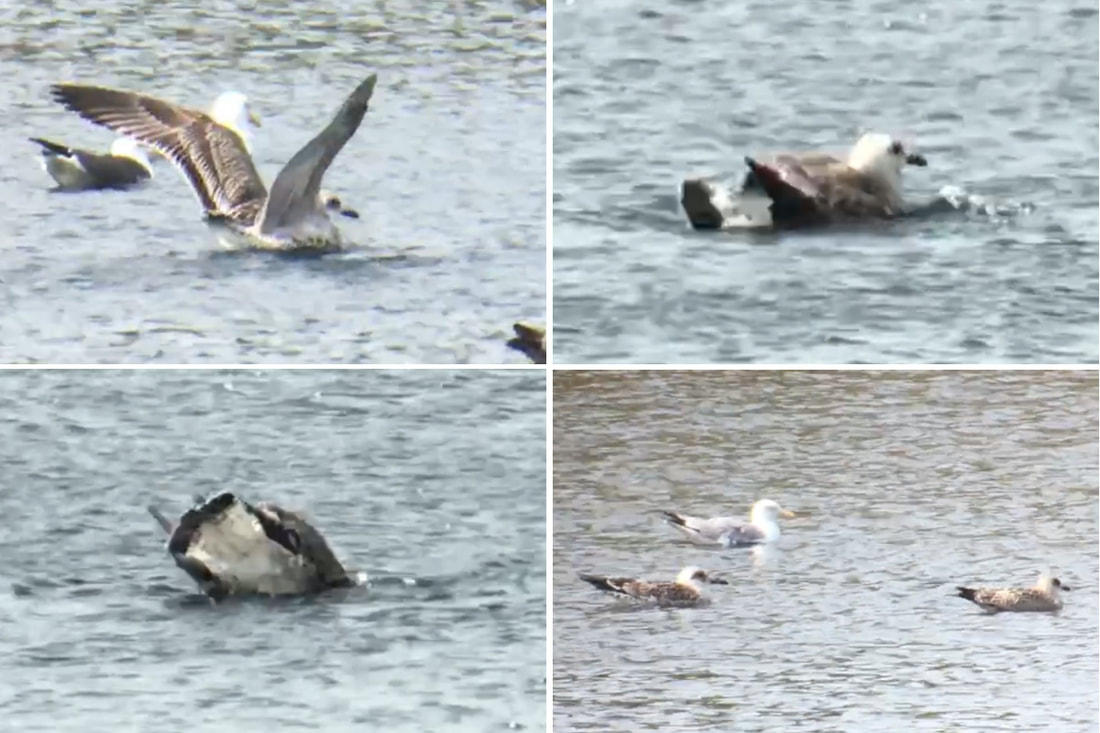
 RSS Feed
RSS Feed